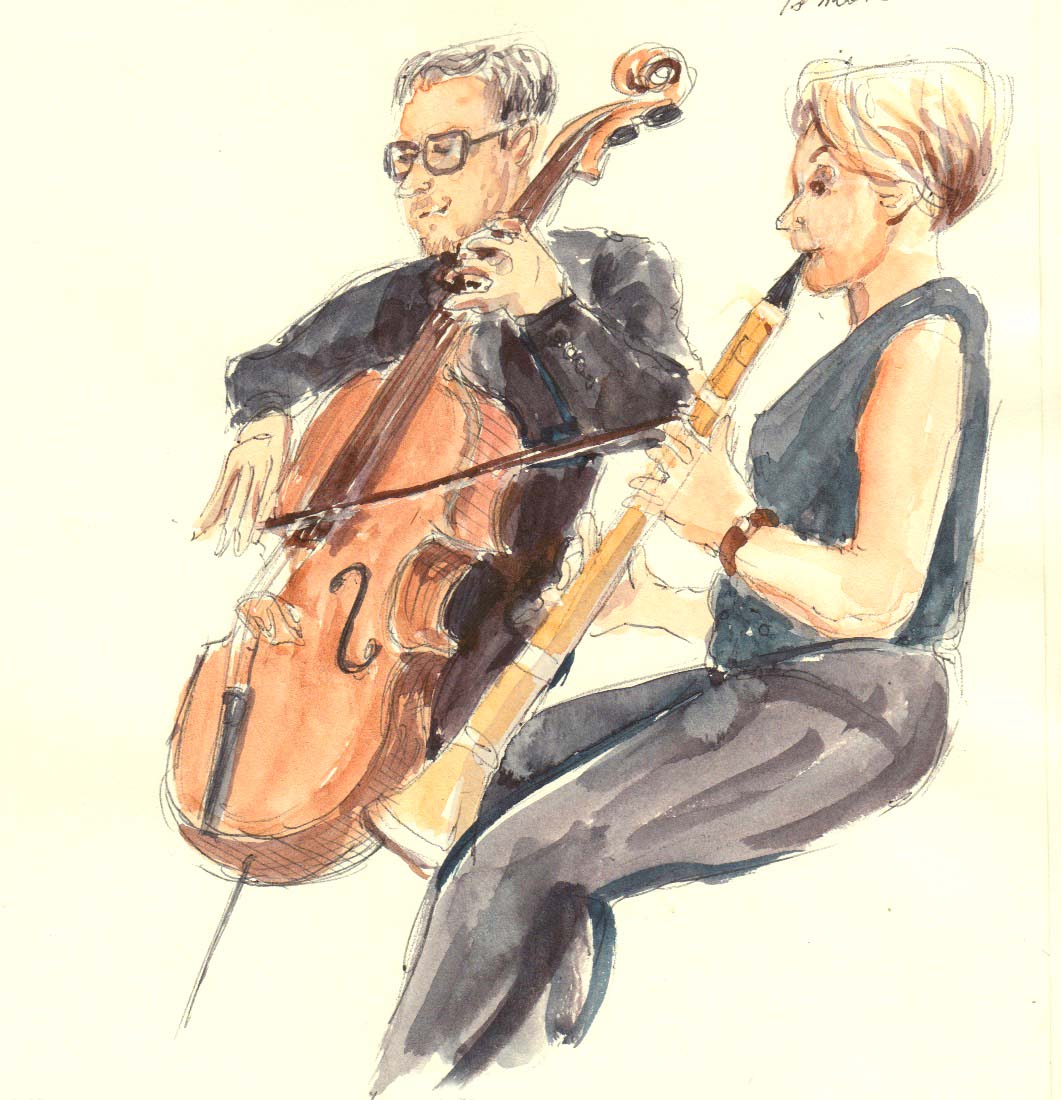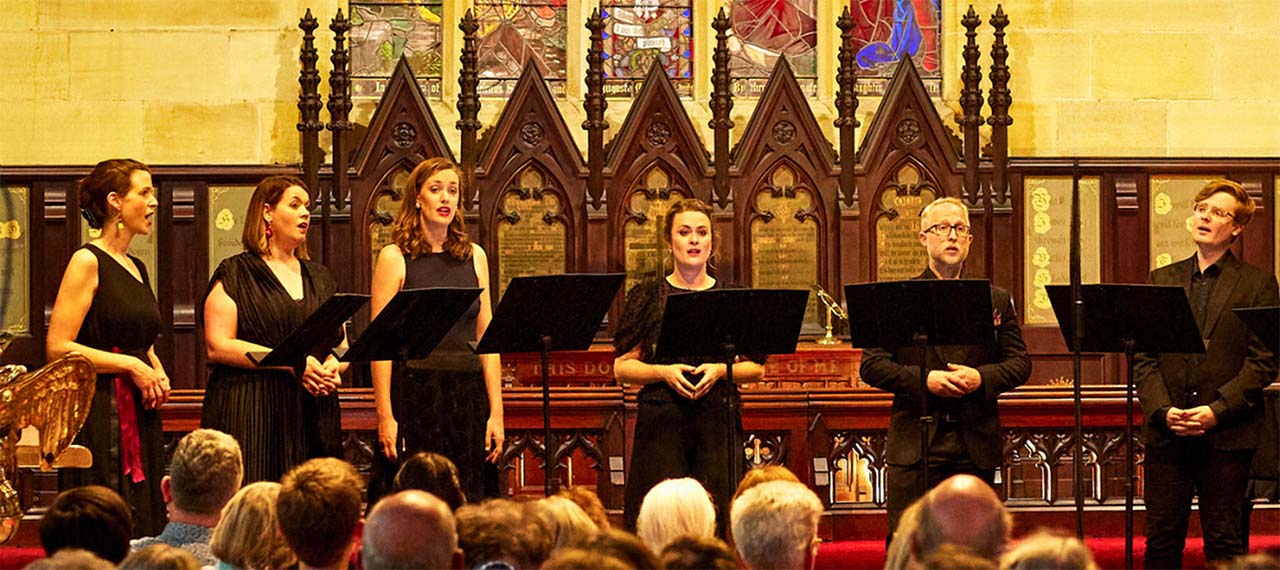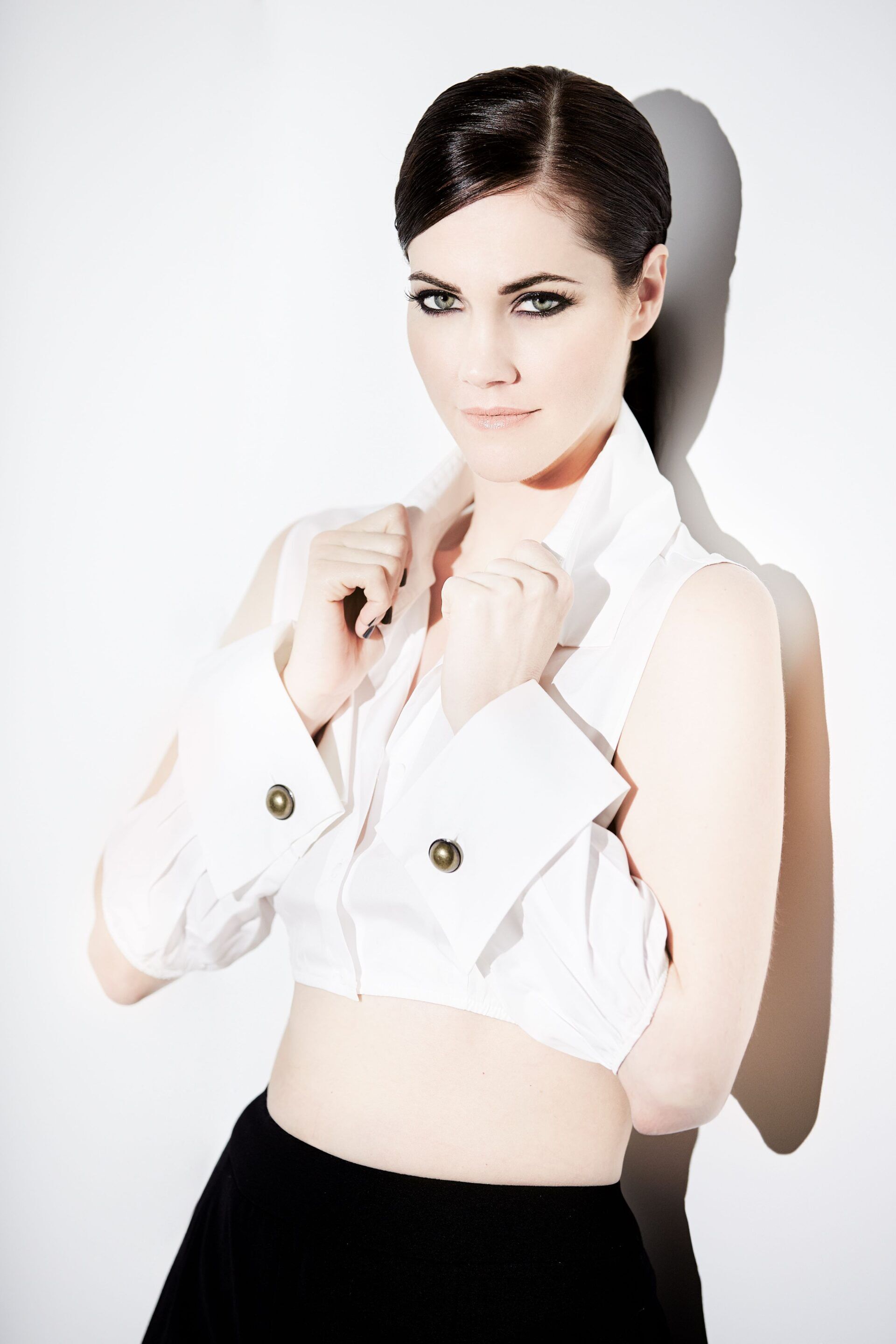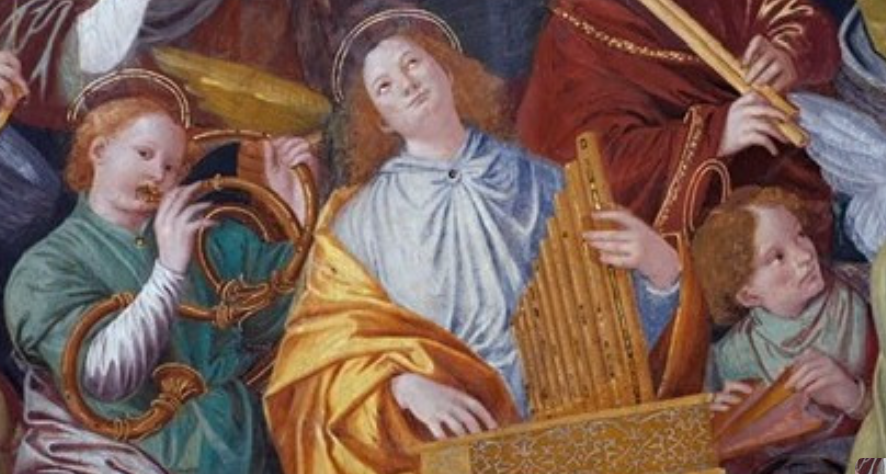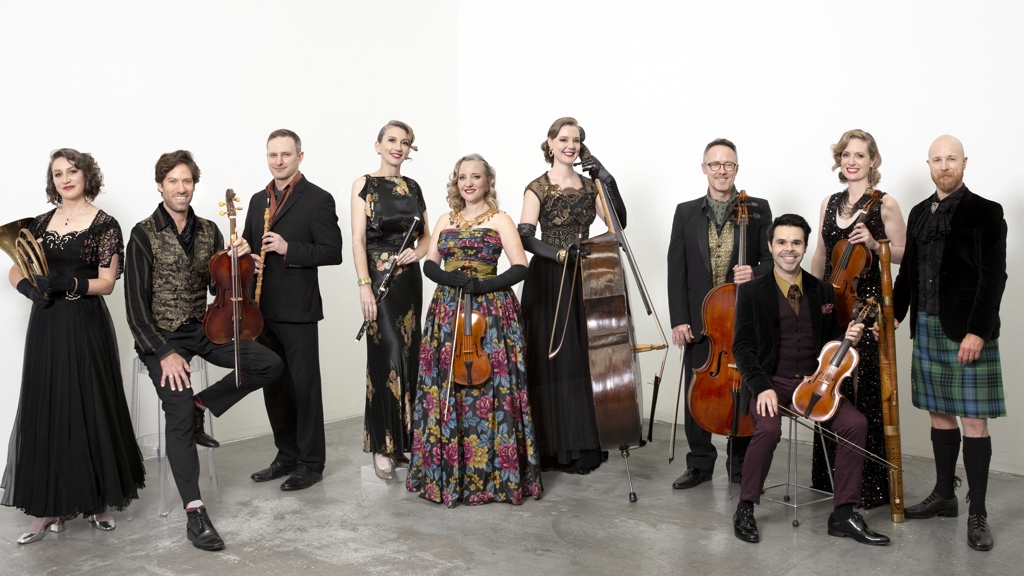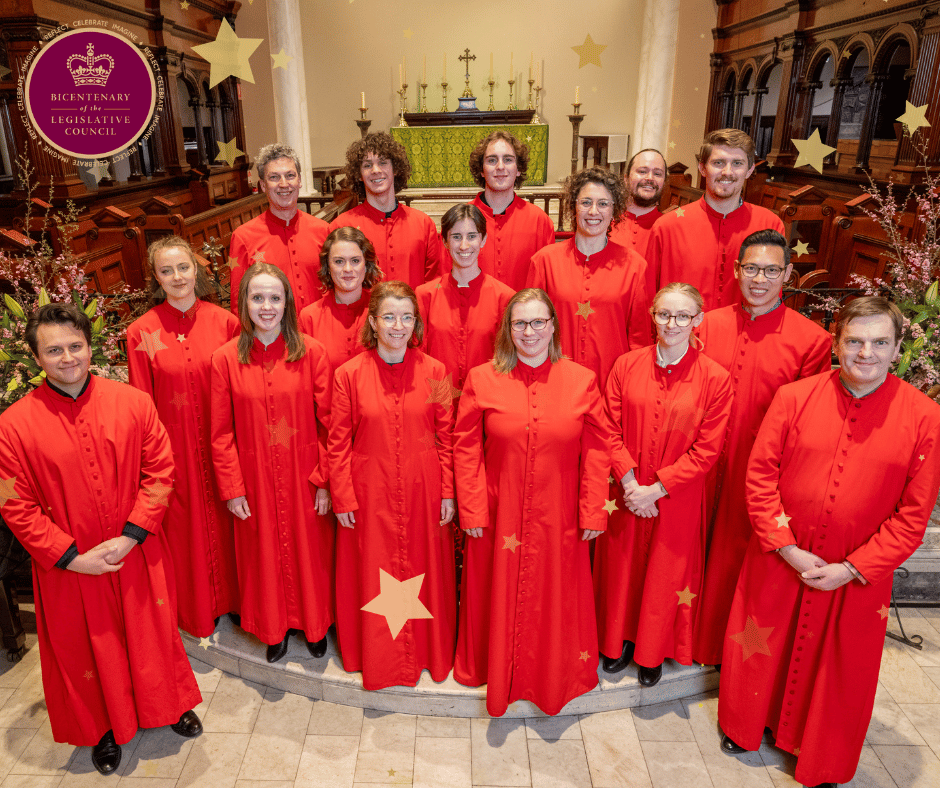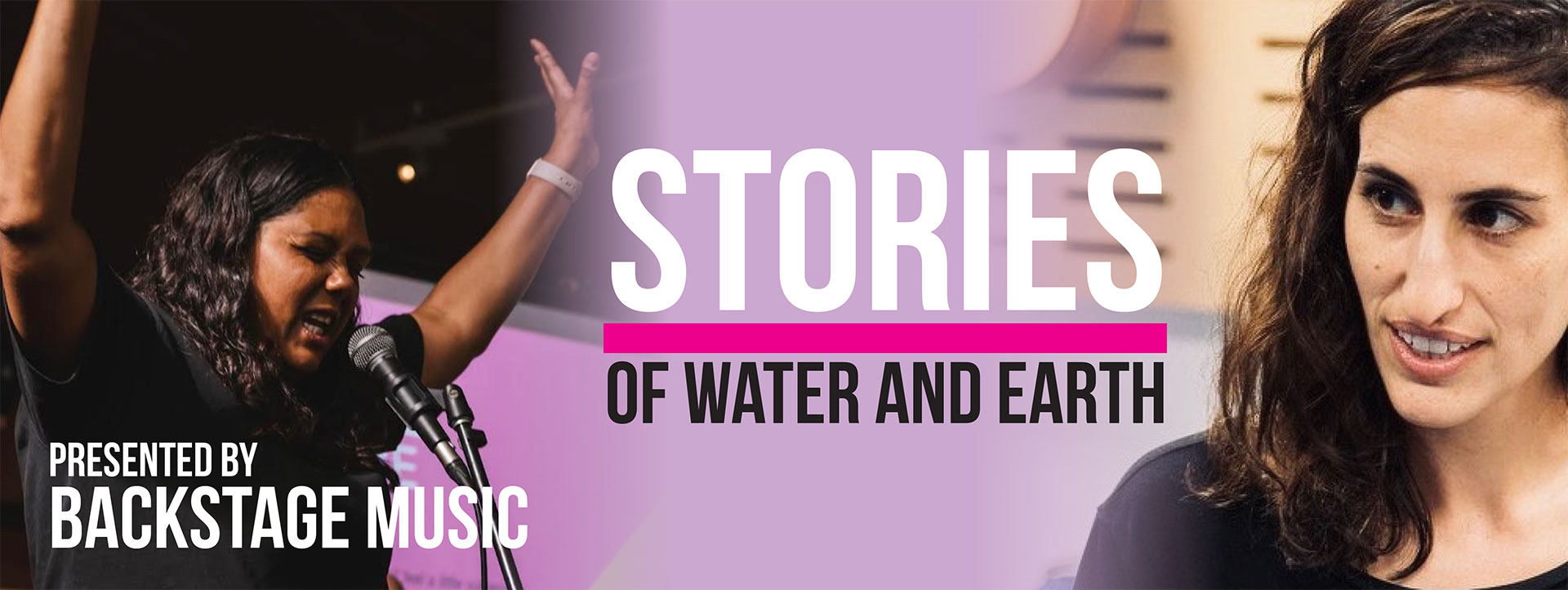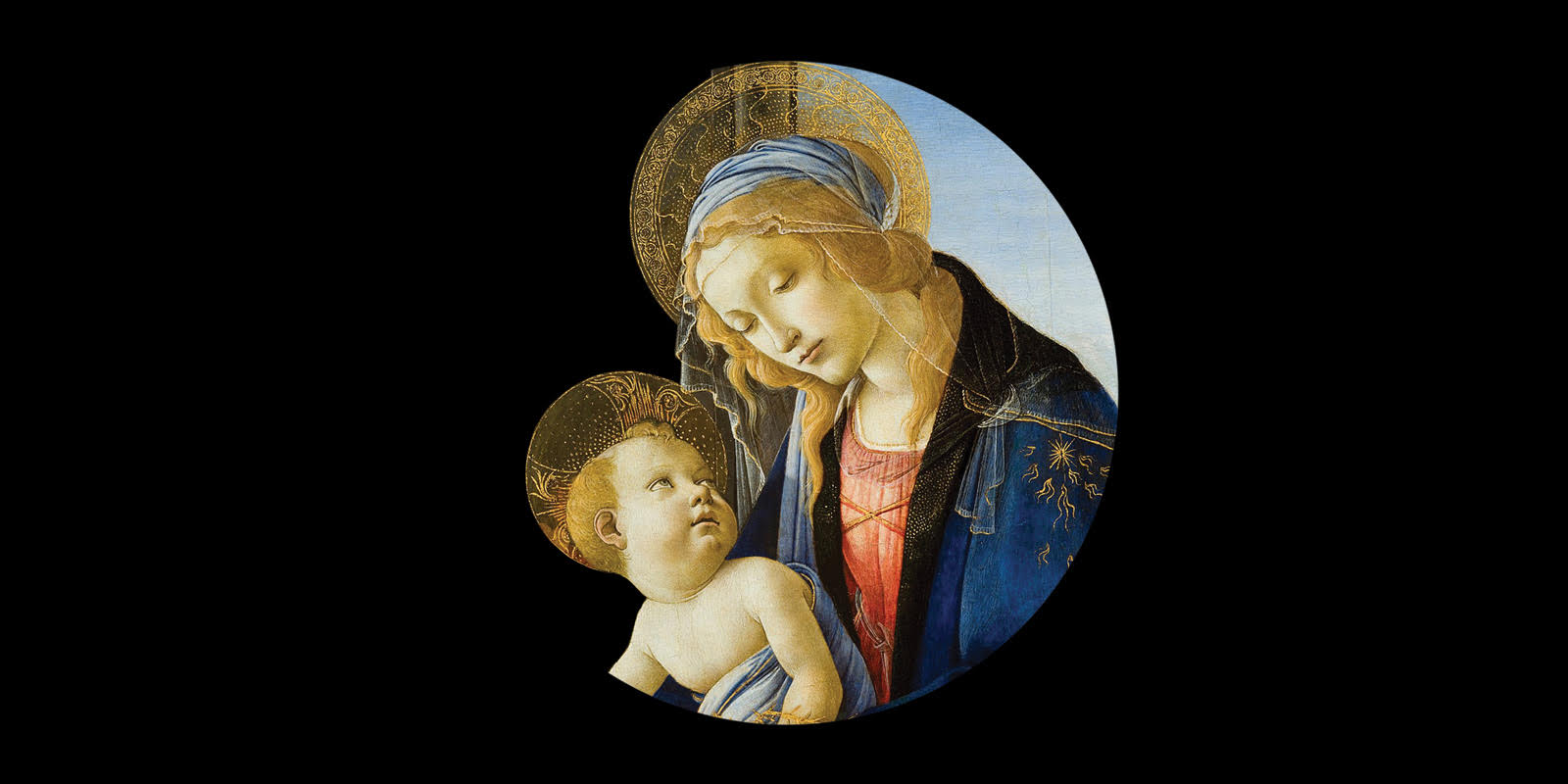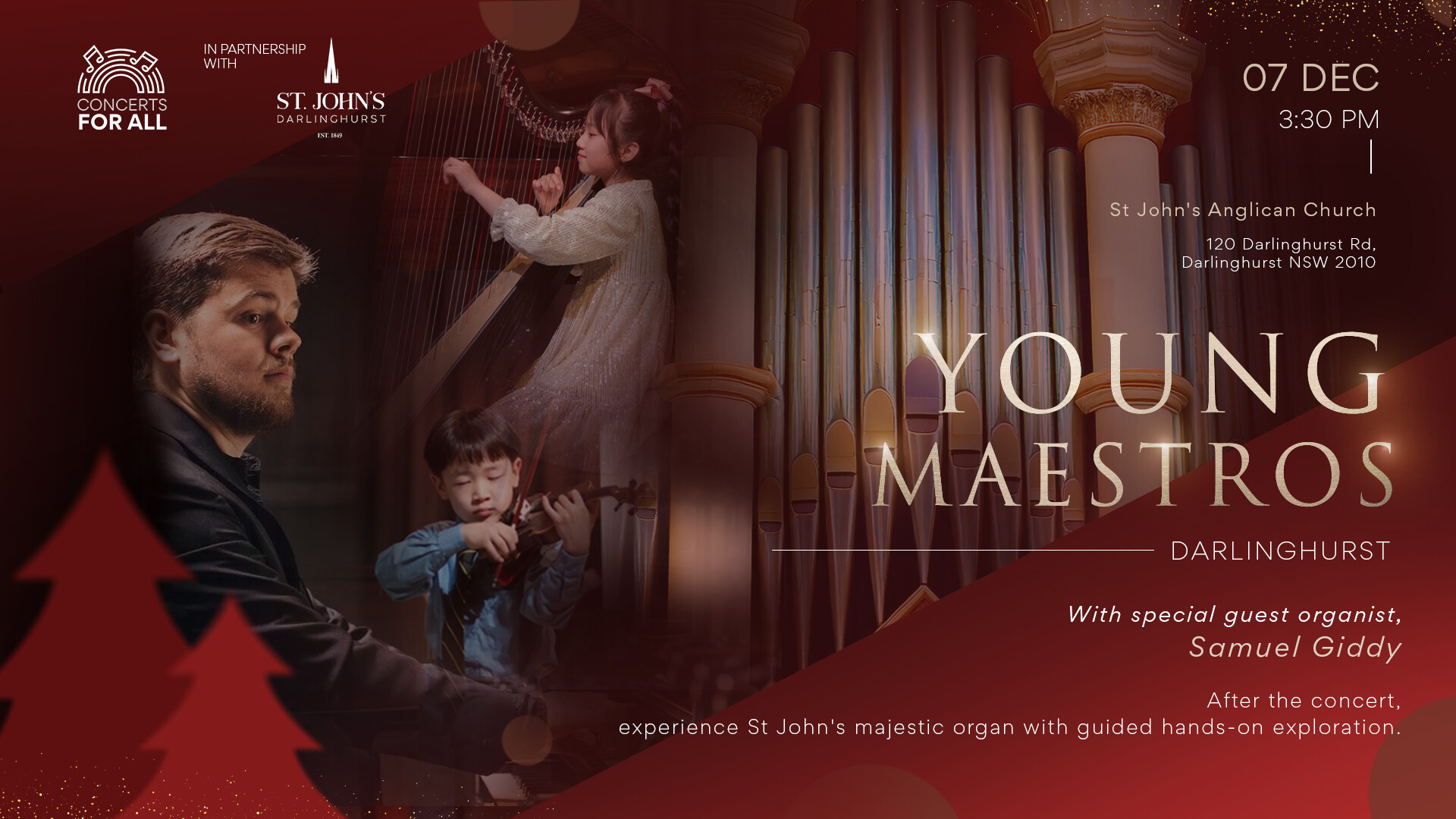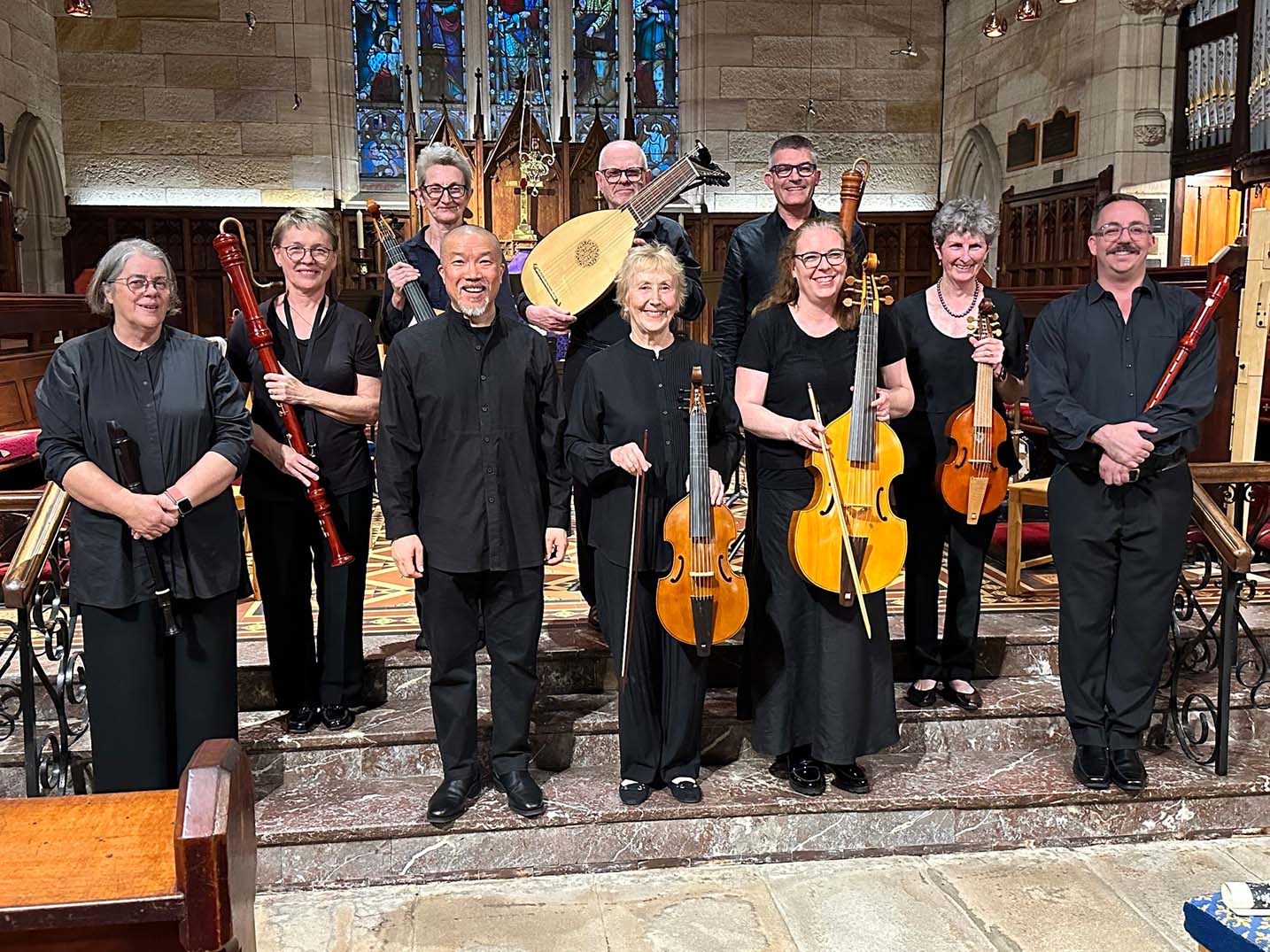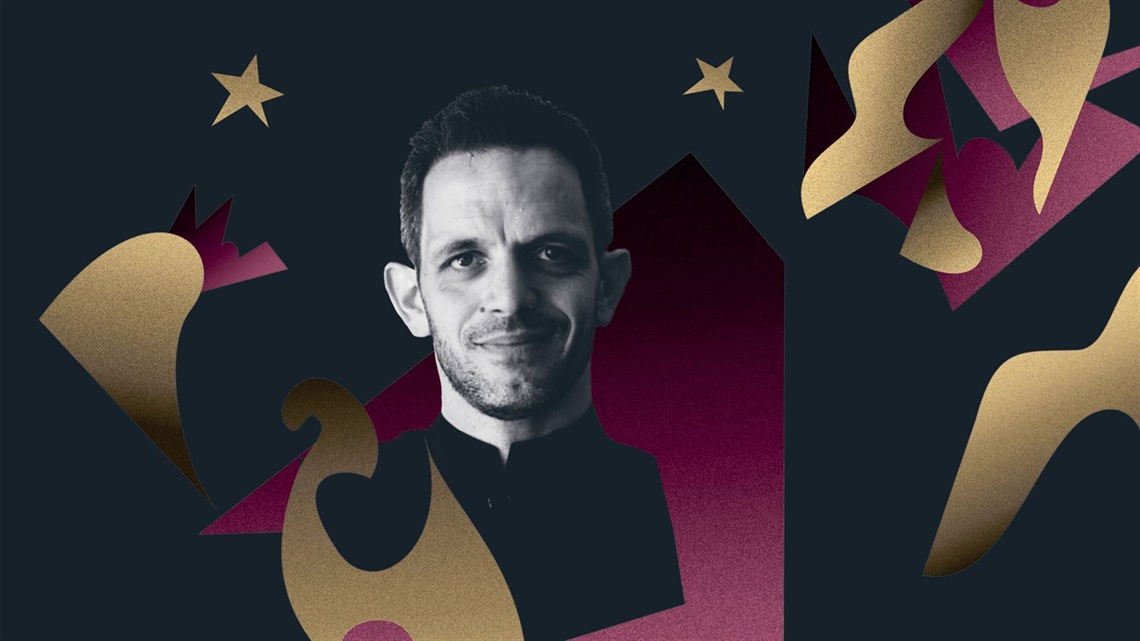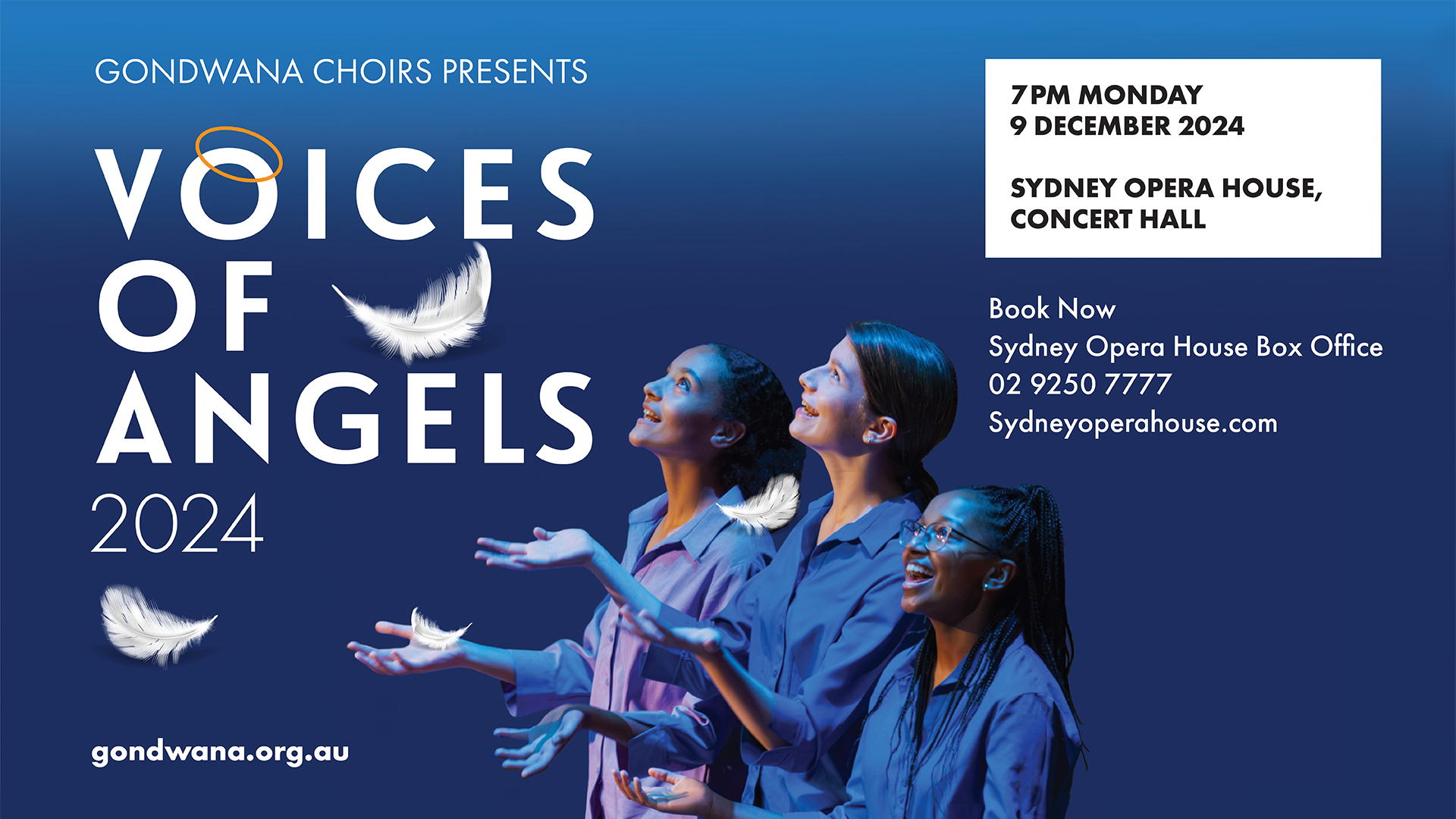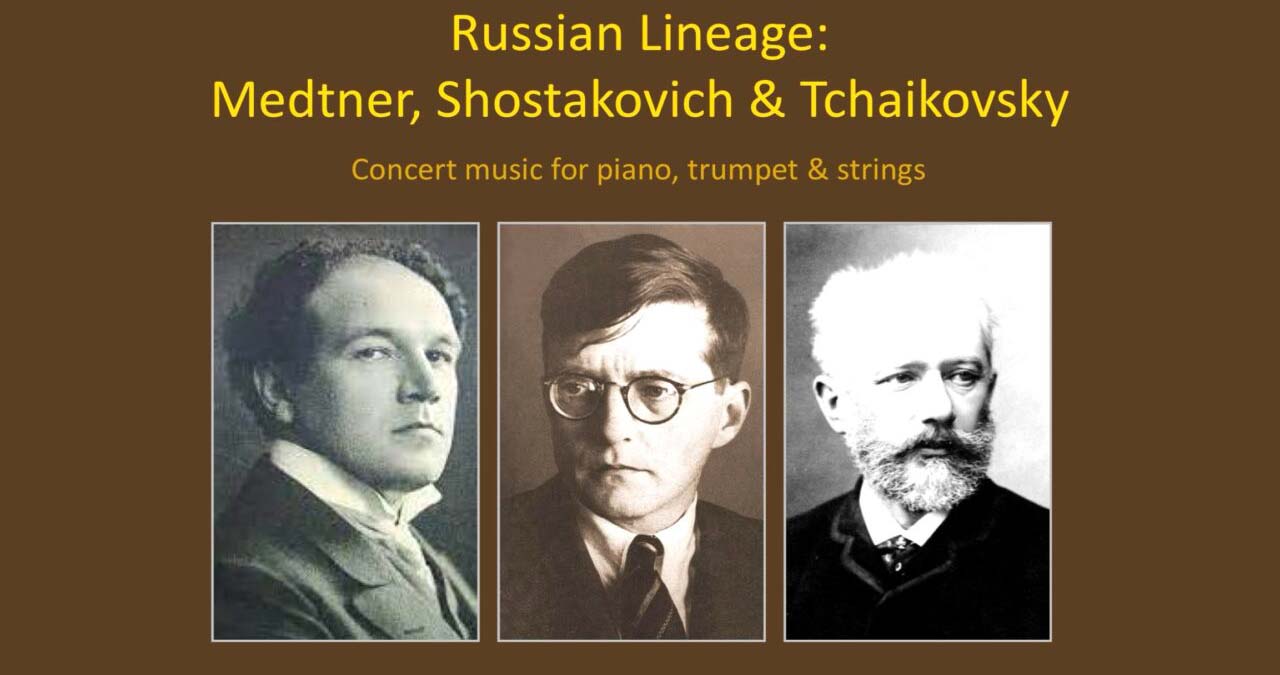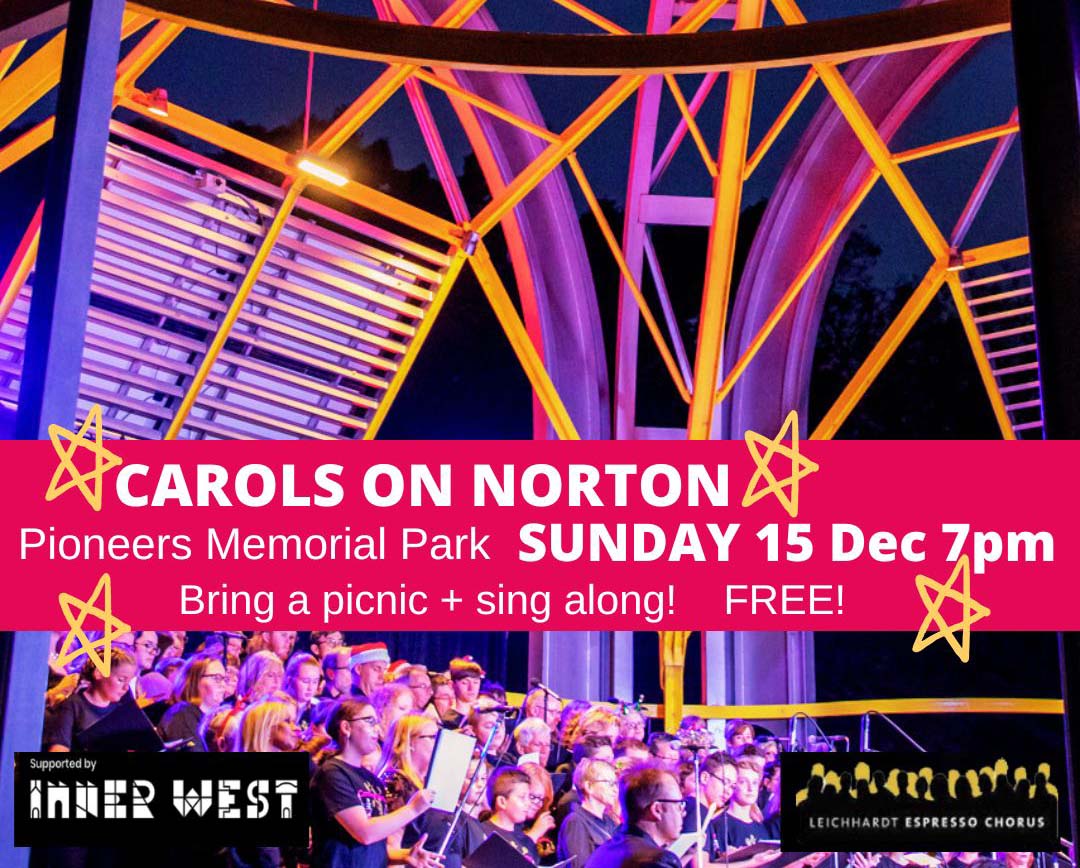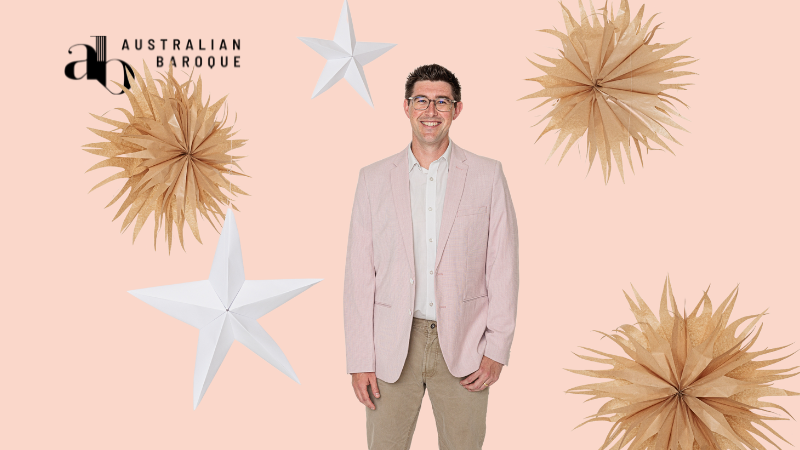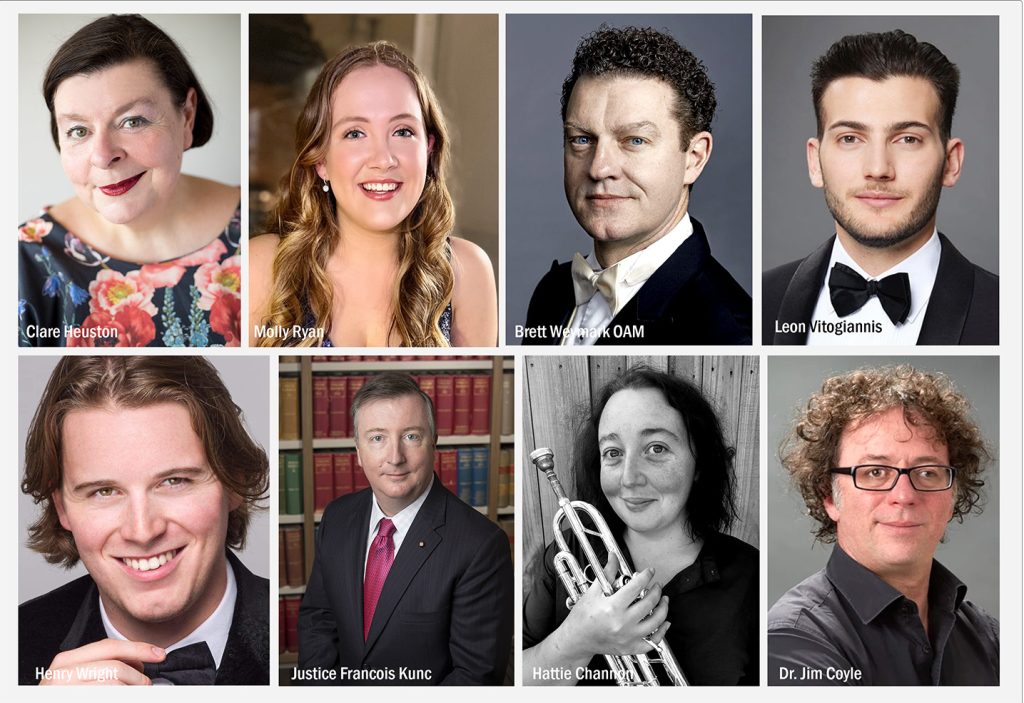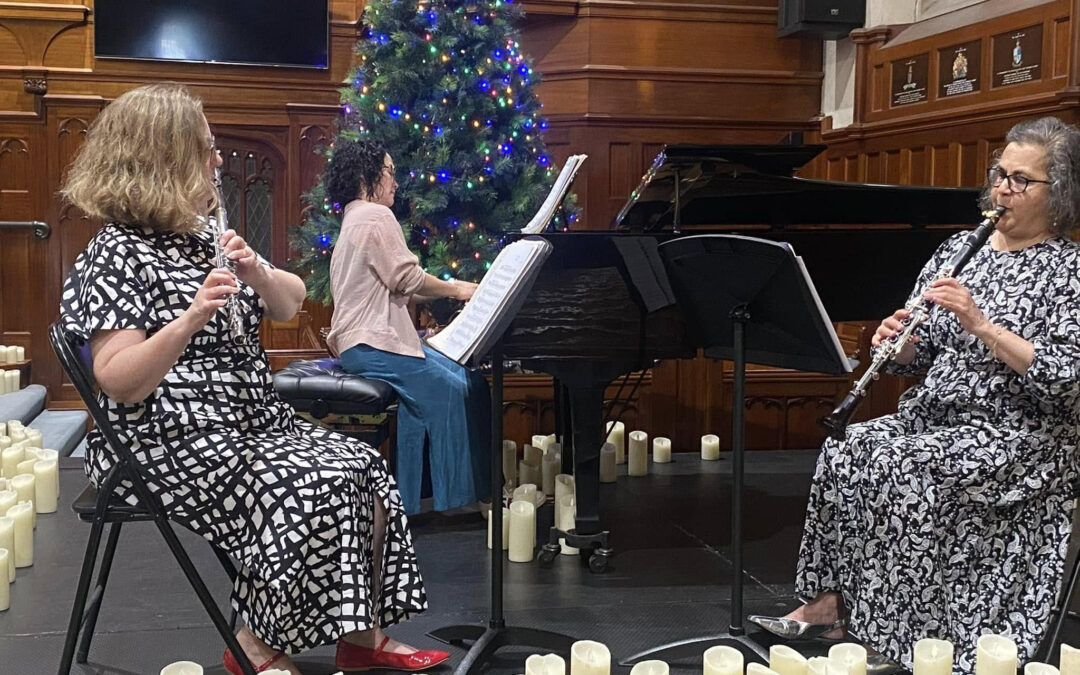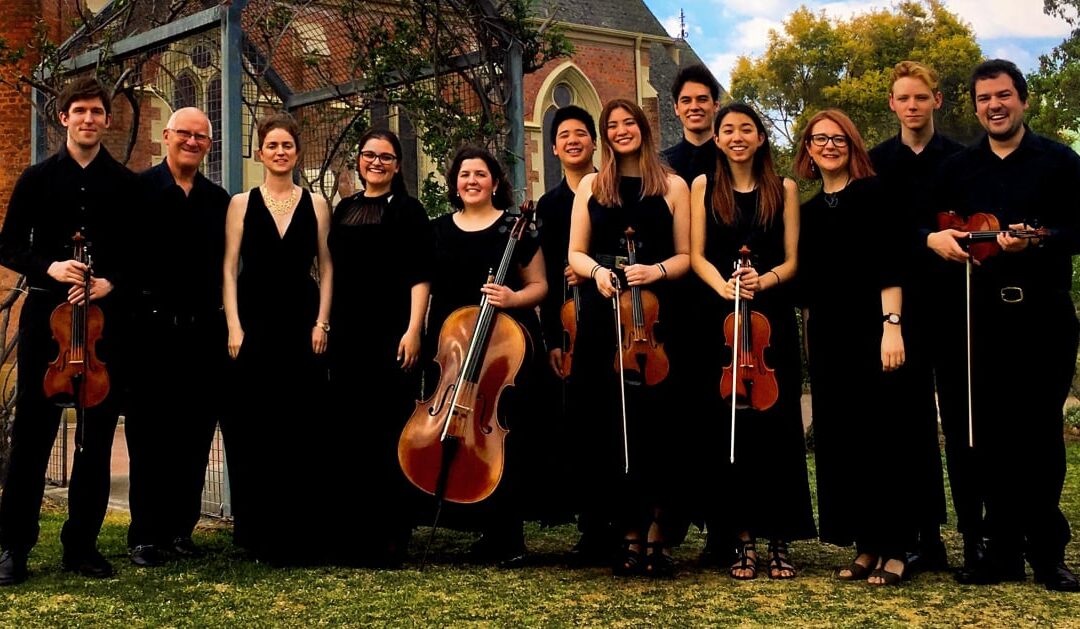Australian Romantic & Classical Orchestra | Viennese Vogue
March 17, 2023, The Neilson, Walsh Bay
On a very hot (38ºC) evening it was a pleasure to step into the cool new home of the ACO – The Neilson, on Pier2/3, Walsh Bay. It was the perfect space for the Viennese chamber music played by members of the historically informed Australian Romantic & Classical Orchestra – intimate and yet high tech, with acoustically adjustable wood panelled walls.
Nicole van Bruggen welcomed us with an introduction to Australian Romantic & Classical Orchestra’s 10th Anniversary, telling us about meeting Rachael Beesley in their youth, when they won a prize for their performance of Hummel’s Clarinet Quartet. A later performance inspired Richard Gill to invite them to be part of his new project – this very orchestra. Nicole told us about programs for the year ahead and our wonderful program for tonight, featuring the clarinet in Viennese Vogue (the clarinet having come into vogue at the turn of the 18th and 19th centuries).
The concert opened with the very piece for which Nicole van Bruggen and Rachael Beesley had won a prize: the Clarinet Quartet in E flat major, by Johann Nepomuk Hummel. This composer was aware of the rising popularity of the clarinet, and, being commercially enterprising, he wrote this cheerful chamber work in 1808. This was not a piece for solo clarinet with string accompaniment, but a quartet, where all the instruments were equally integrated.
Peter Clark, first violinist, replacing Rachael Beesley, (who had to withdraw from this concert for family reasons) attacked the music with joyful exuberance. This enthusiasm was shared by the other members in friendly rapport. Peter Clark almost leapt up whilst playing while Simon Oswald tickled his viola, Daniel Yeadon stroked his cello and Nicole van Bruggen responded mellifluously with her clarinet.
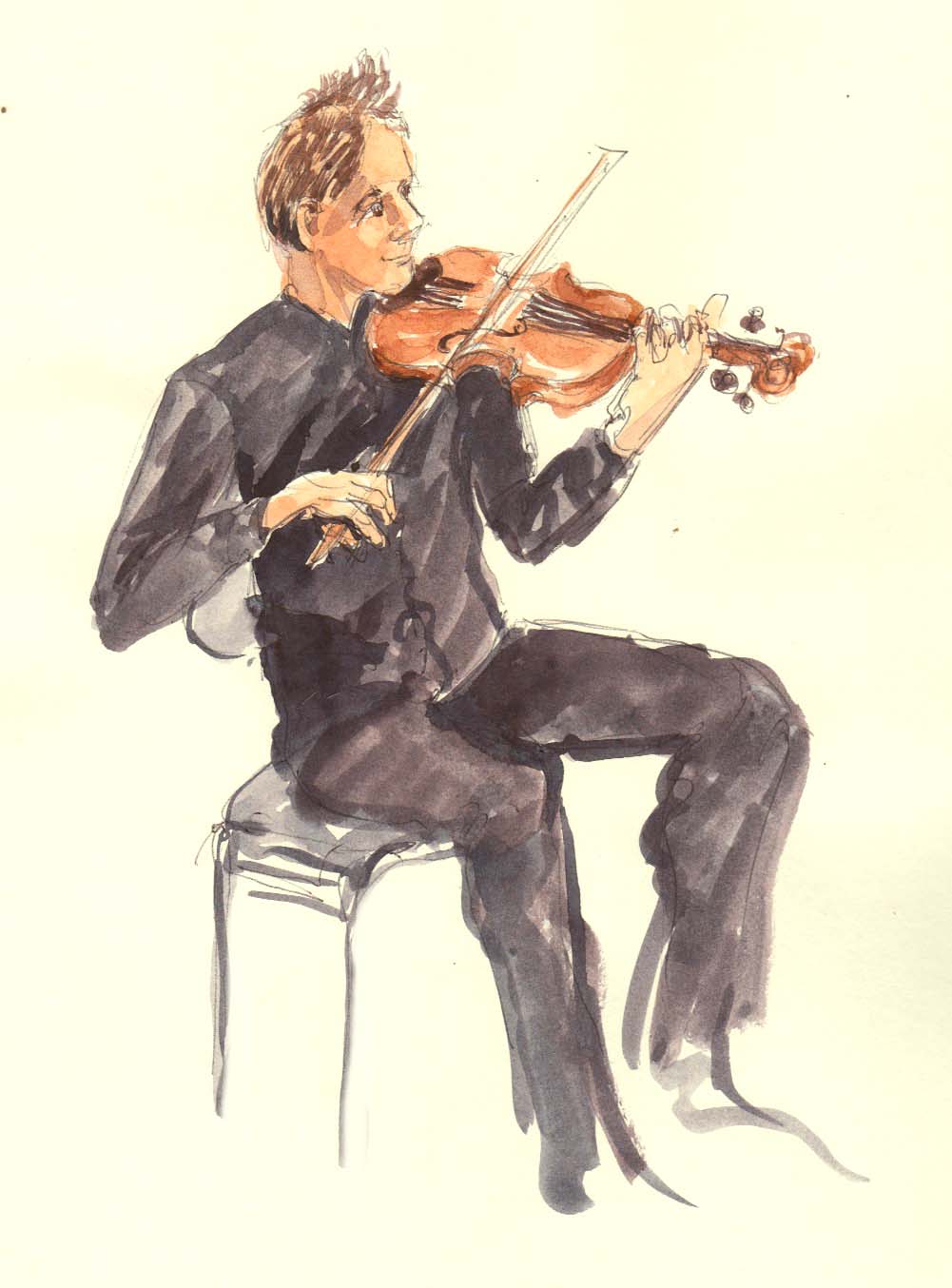

Their rapport and friendly communication became particularly prominent in the second movement La Seccatura (“Nuisance” or “Bother”), where each instrument is written in a different time signature. This was Hummel’s joke on the performers, which they greatly enjoyed – Peter Clark almost standing and bowing, the others smilingly nodding (although Nicole couldn’t do much smiling whilst playing).
The Quartet were again in total rapport for the final Rondo.
There were lovely moments when Simon Oswell introduced a theme on viola, which was then imitated by the clarinet and violin. The overall feeling was of warmth and cheerfulness, enhanced by the use of historically informed instruments and performance.
The ensemble members reconfigured for Schubert’s String Trio in B flat major. This was written when Schubert was only 19, at a time when he started enjoying life, having left home and a teaching job he hated. Although he only wrote the first movement and a fragment of the second, we were privileged to feel his optimism for life in the exuberant playing by this trio.
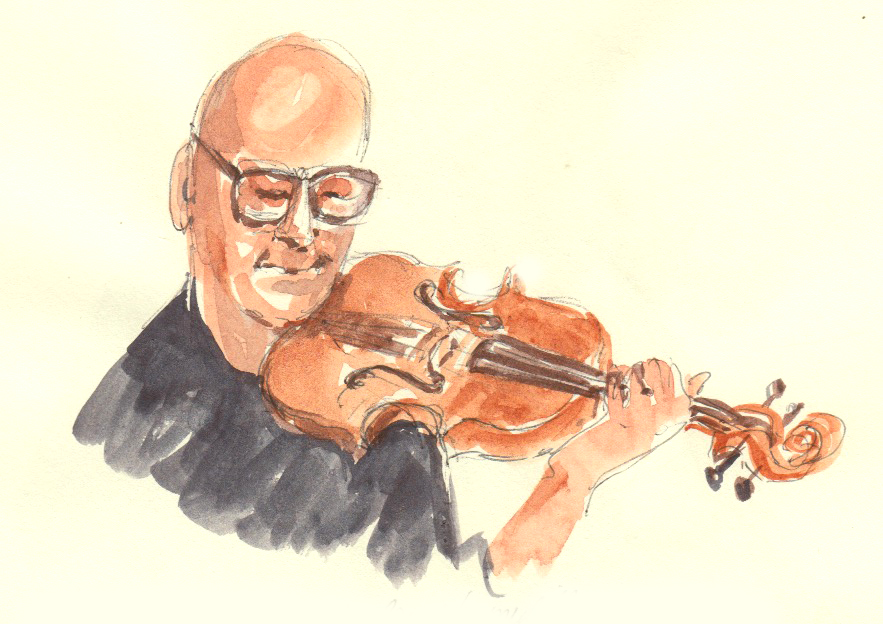
After the Interval with harbour views, we were treated to Mozart’s Clarinet Quintet in A major. The ensemble were joined by Julia Russoniello on violin.
When Mozart wrote this Quintet in 1789, the clarinet was just being recognised for its expressive possibilities and beauty of tone. He wrote it for his friend, Anton Stadler, a clarinet virtuoso who, with Theodor Lotz, developed the basset clarinet, extending the range down by four chromatic notes. This is the instrument Nicole played so superbly, as it was the instrument Mozart had intended. The extra low notes added an extra richness to the sound.
There was again this special rapport between the players, which felt like a conversation. In the opening the strings’ melodies descended, while the clarinet soared in response. Mozart swapped motives between the instruments, making them all equal partners in conversation. The second movement was particularly serene when Nicole used the lower notes of her basset clarinet. Throughout this Quintet she played expressively with expertise, like the virtuoso (Anton Stadler) it was written for. The music became increasingly cheerful towards the end. This innovative work was like an old friend to me, but this time the friend was historically informed.
After rapturous applause, the audience were in a visibly cheerful mood as they stepped out into the warm Autumn night.

